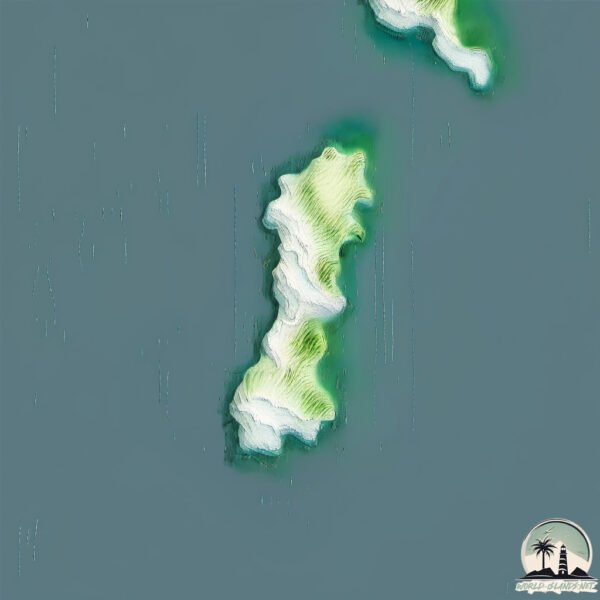Choros

Welcome to Choros, a Dry island in the South Pacific Ocean, part of the majestic Pacific Ocean. This guide offers a comprehensive overview of what makes Choros unique – from its geography and climate to its population, infrastructure, and beyond. Dive into the details:
- Geography and Size: Explore the island’s size and location.
- Climate and Weather: Weather patterns and temperature.
- Topography and Nature: Uncover the natural wonders of the island.
- Infrastructure and Travelling: Insights on reaching, staying, and making the most of your visit.
- News and Headlines: Latest News.
Geography and size of Choros
Size: 2.977 km²
Coastline: 12.5 km
Ocean: Pacific Ocean
Sea: South Pacific Ocean
Continent: South America
Choros is a Small Island spanning 3 km² with a coastline of 12.5 km.
Archipel: –
Tectonic Plate: South America – A major plate covering the South American continent and part of the Atlantic Ocean, known for the Andes mountain range and significant seismic and volcanic activity.
The geographic heart of the island is pinpointed at these coordinates:
Latitude: -29.26772599 / Longitude: -71.54222386
Climate and weather of Choros
Climate Zone: Dry
Climate Details: Cold Desert Climate
Temperature: Cold
Climate Characteristics: Similar in dryness to hot deserts but with cold winters. Days can be warm or hot, while nights are typically chilly with common frost occurrences.
Topography and nature of Choros
Timezone: UTC-04:00
Timezone places: America/La_Paz
Max. Elevation: 53 m
Mean Elevation: 34 m
Vegetation: Shrubland
Tree Coverage: 32%
The mean elevation is 34 m. The highest elevation on the island reaches approximately 53 meters above sea level. The island is characterized by Plains: Flat, low-lying lands characterized by a maximum elevation of up to 200 meters. On islands, plains are typically coastal lowlands or central flat areas.
Dominating Vegetation: Shrubland
Dominated by shrubs and small bushes, these areas are typical in dry, rocky, or sandy environments, as well as in regions with poor soil fertility. Choros has a tree cover of 32 %.
Vegetation: 3 vegetation zones – Moderately Diverse Island
These islands start to show a broader range of ecological niches. With three vegetation zones, they may offer a mix of ecosystems like coastal areas, inland woods, and perhaps a distinct wetland or dry area. This diversity supports a wider range of flora and fauna, making these islands more ecologically complex than those with minimal diversity.
Infrastructure and Travelling to Choros
Does the island have a public airport? no.
There is no public and scheduled airport on Choros. The nearest airport is La Florida Airport, located 80 km away.
Does the island have a major port? no.
There are no major ports on Choros. The closest major port is COQUIMBO, approximately 77 km away.
The mean population of Choros is 1 per km². Choros is Gently Populated. The island belongs to Chile.
Continuing your journey, Santa Maria is the next notable island, situated merely km away.
Choros Island, Humboldt Penguin National Reserve, Coquimbo Region, Chile, South America



Chile is classified as Emerging region: G20: Group of Twenty – Major economies comprising both developed and emerging countries, representing the world’s largest economies. The level of income is Upper middle income.
News – Latest Updates and Headlines from Choros
Stay informed with the most recent news and important headlines from Choros. Here’s a roundup of the latest developments.
Please note: The data used here has been primarily extracted from satellite readings. Deviations from exact values may occur, particularly regarding the height of elevations and population density. Land area and coastline measurements refer to average values at mean high tide.
